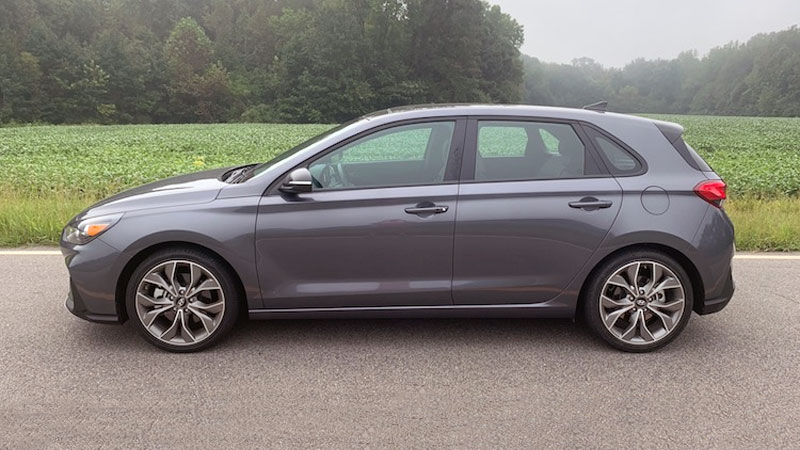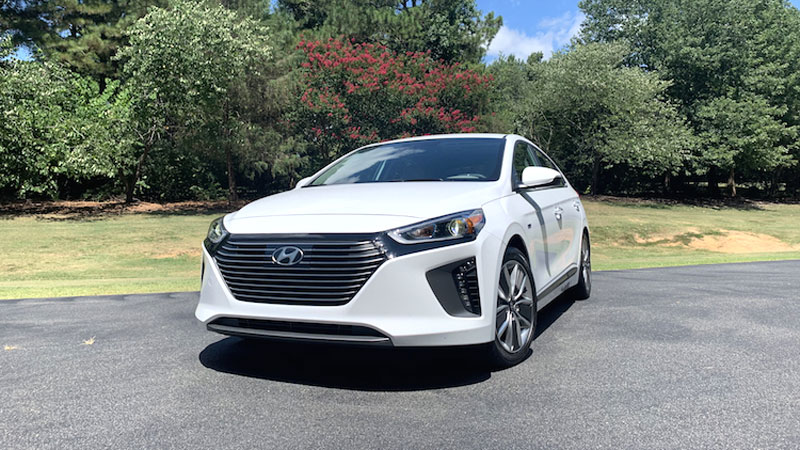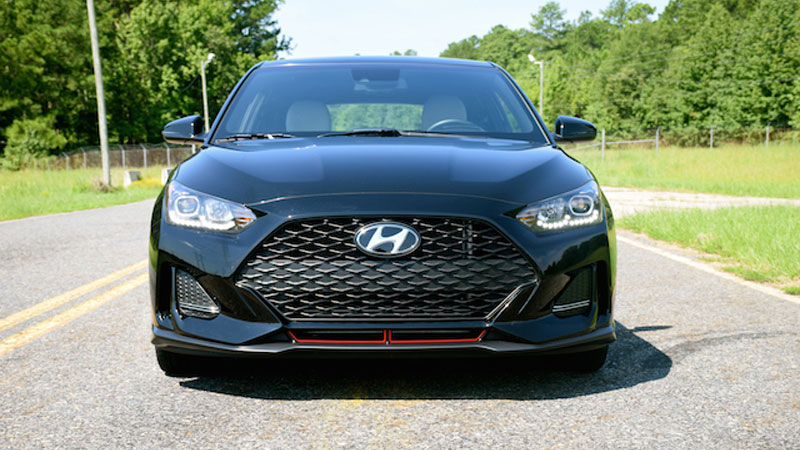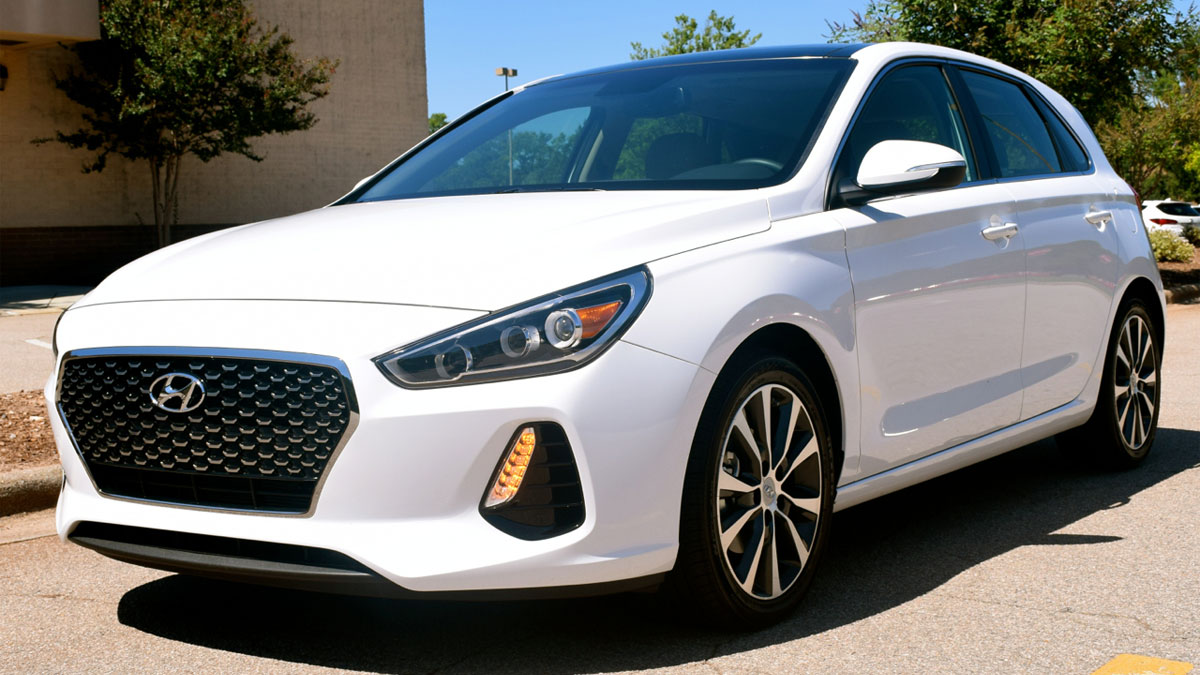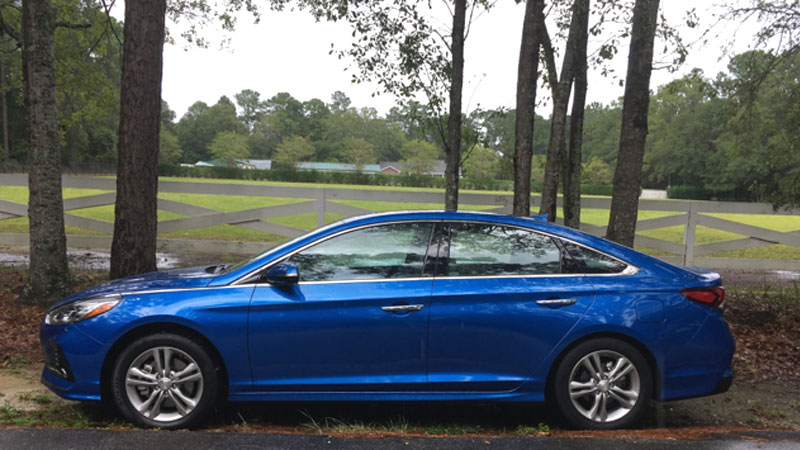Shifting Through a 2020 Hyundai Elantra GT (Review)
The parade of cars is shrinking, but small cars remain in demand. Low prices. Smart styling. Fun driving. These are among the chief attributes you’ll find, at least in some models. Once again, Hyundai proves its mettle by offering a full line of small cars, including sedans, coupes, and hatchbacks. … Read more


